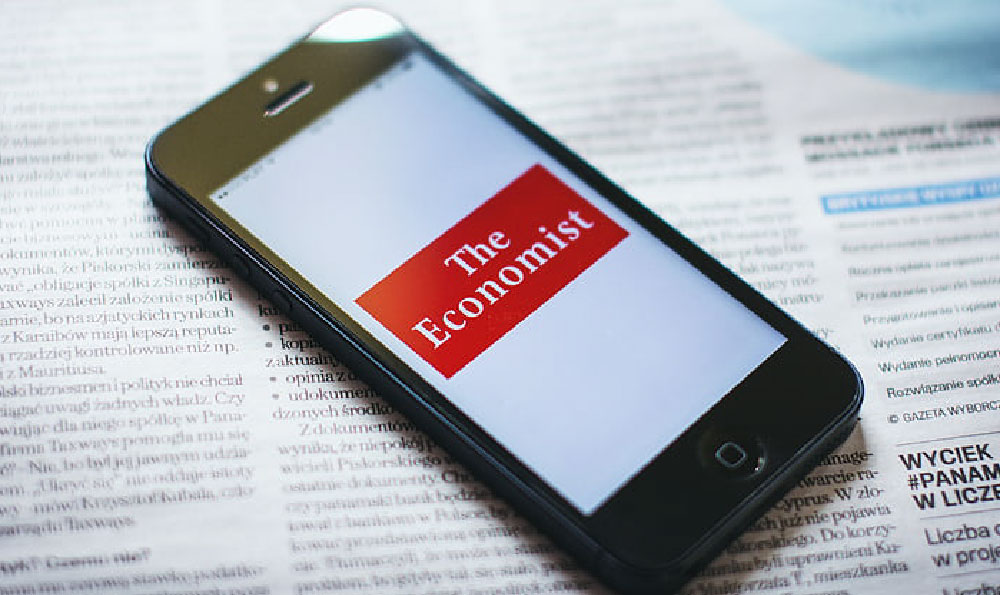Okay, I understand. Here's an article addressing the topic of Berkshire Hathaway's revenue generation and key profit drivers, written in a style that aims for depth and avoids overly structured bullet points and numbered lists.
How Berkshire Hathaway Generates Revenue, And What Are Its Key Profit Drivers?
Berkshire Hathaway, helmed by the legendary Warren Buffett, is not simply a company; it's a sprawling economic empire, a conglomerate built on a foundation of insurance and extended into nearly every sector of the American economy (and beyond). Understanding how this behemoth generates revenue and what truly drives its profitability requires a multi-faceted approach, delving into its diverse business segments and the overarching investment philosophy that guides its strategic decisions.

The bedrock of Berkshire Hathaway's financial engine is undeniably its insurance operations. Companies like GEICO (auto insurance), Berkshire Hathaway Reinsurance Group (reinsurance), and General Re (reinsurance) contribute significantly to the company's bottom line, and more importantly, they provide a constant stream of "float." Float, in essence, is the premiums collected before claims are paid out. Berkshire Hathaway can invest this float for its own benefit, generating returns that further amplify its profits. The crucial factor here is underwriting discipline. Buffett and his team prioritize writing policies at a profit, even if it means foregoing significant volume. This rigorous approach ensures that the insurance business isn't merely generating float; it's generating profitable float, which is far more valuable. Over the years, Berkshire has consistently managed to generate an underwriting profit, a feat few insurers can consistently achieve. This underwriting profit, combined with the investment income earned on the float, makes the insurance segment a powerful profit center and the primary source of capital for Berkshire's other ventures.
Beyond insurance, Berkshire Hathaway's revenue streams are remarkably diversified. The company owns outright a collection of businesses spanning industries like manufacturing, services, and retail. These wholly-owned subsidiaries represent a wide array of products and services, from Burlington Northern Santa Fe (BNSF) railway, a vital artery for transporting goods across North America, to Precision Castparts Corp., a leading supplier of complex metal components for aerospace and other industries, to Dairy Queen, a beloved fast-food chain.
BNSF, in particular, stands as a major revenue generator. The railway transports a vast array of goods, including coal, agricultural products, industrial products, and consumer goods, playing a pivotal role in the US economy. Its profitability is driven by factors such as the overall economic health of the nation, the efficiency of its operations, and its ability to manage costs effectively. Precision Castparts Corp. contributes substantially by supplying critical components to aerospace and industrial sectors. Its revenue is influenced by the demand for aircraft, the success of its manufacturing processes, and its ability to maintain competitive pricing.
The profitability of these wholly-owned businesses hinges on several key factors. First, Berkshire Hathaway typically acquires companies with strong management teams and enduring competitive advantages, often referred to as "economic moats." These moats can take various forms, such as brand recognition (Coca-Cola), cost advantages (certain manufacturers), or regulatory hurdles (utilities). This allows these subsidiaries to maintain pricing power and generate consistent profits.
Second, Berkshire Hathaway generally allows these subsidiaries to operate autonomously, trusting the existing management teams to make operational decisions. This decentralized approach fosters entrepreneurship and allows the businesses to adapt quickly to changing market conditions. However, Berkshire provides capital and strategic guidance when needed, helping these businesses grow and expand.
Third, Berkshire Hathaway's patient, long-term investment horizon sets it apart. Unlike many corporations that are focused on short-term earnings, Berkshire is willing to invest for the long haul. This allows its subsidiaries to make investments in research and development, infrastructure, and acquisitions that may not pay off immediately but will create long-term value.
In addition to its wholly-owned businesses, Berkshire Hathaway also holds significant minority stakes in publicly traded companies. These investments include major holdings in companies like Apple, Bank of America, and Coca-Cola. The dividends from these investments contribute meaningfully to Berkshire's revenue, and the appreciation in the value of these stocks adds to the company's overall net worth. Buffett's investment philosophy centers on identifying companies with strong fundamentals, sound management, and attractive valuations. He favors businesses that are easy to understand and have a durable competitive advantage. He holds these investments for the long term, often for decades, allowing the power of compounding to work its magic.
Another critical profit driver often overlooked is Berkshire's exceptional access to capital. Because of its strong financial position, impeccable reputation, and Buffett's undeniable credibility, Berkshire Hathaway can often secure financing on extremely favorable terms. This gives it a significant advantage when making acquisitions or investing in new ventures. Furthermore, the company's ability to generate substantial cash flow from its operations allows it to be self-funding, reducing its reliance on external sources of capital.
In summary, Berkshire Hathaway's revenue generation is a product of its diversified business model, encompassing insurance operations, wholly-owned subsidiaries, and minority investments. Its key profit drivers include the profitable underwriting of insurance policies, the strong competitive advantages of its subsidiaries, the company's patient investment approach, and its access to low-cost capital. By focusing on long-term value creation and deploying capital strategically, Berkshire Hathaway has consistently generated exceptional returns for its shareholders, solidifying its position as one of the world's most successful and admired companies. The real secret sauce, perhaps, is the combination of Buffett's investment acumen, Munger's wisdom, and a corporate culture that prioritizes integrity, discipline, and long-term thinking. These qualitative factors, while difficult to quantify, are ultimately what differentiate Berkshire Hathaway from its peers and fuel its continued success.











